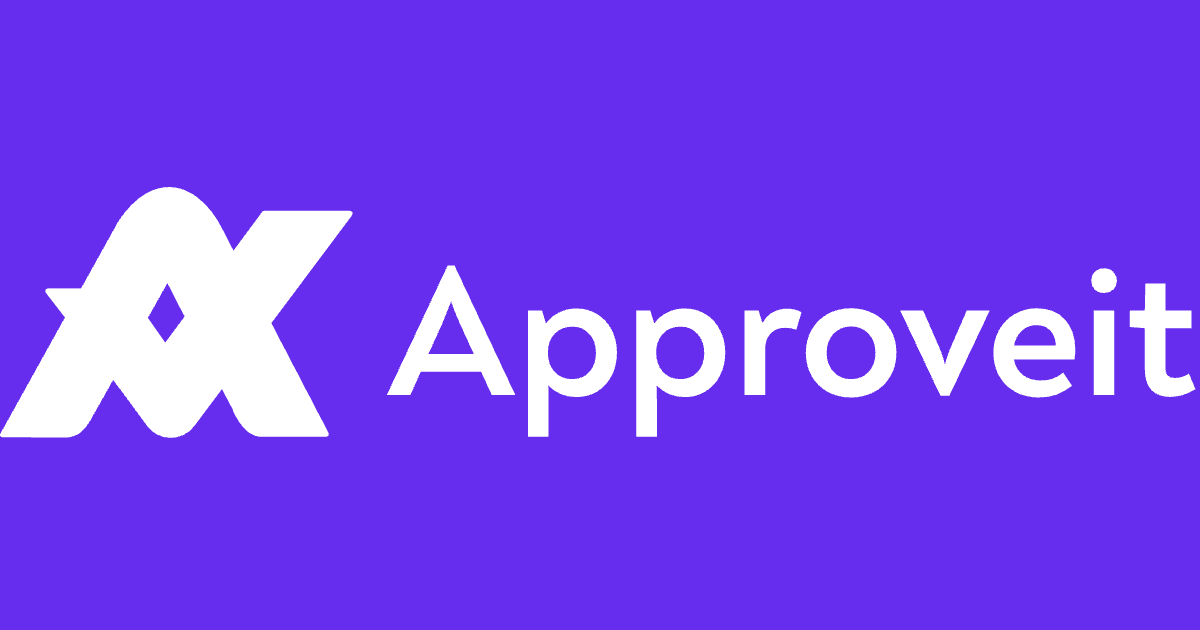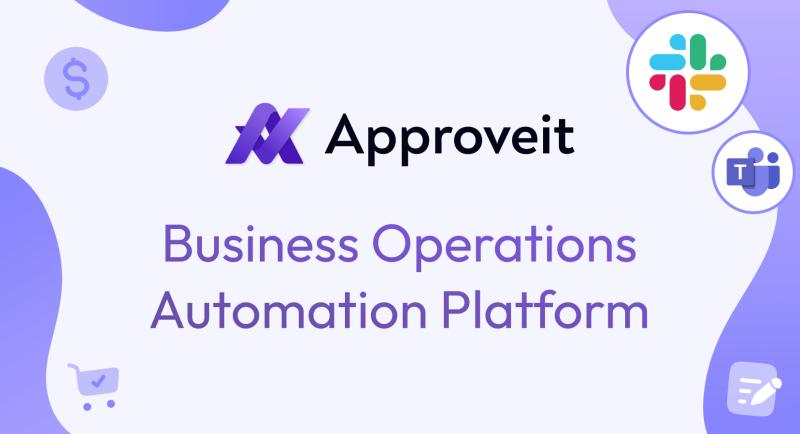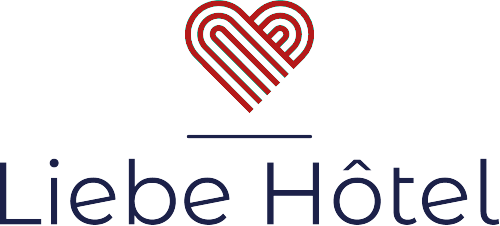
Maximizing Efficiency with HR Automation Workflows
The evolution of technology has significantly transformed various business functions, and Human Resources (HR) is no exception. One of the most impactful changes is the adoption of hr automation workflows that streamline and improve the efficiency of HR processes. From recruitment to employee management, automation plays a crucial role in enabling HR professionals to focus on strategic initiatives rather than mundane tasks. This article explores the benefits, key components, and best practices of implementing HR automation workflows in your organization.
Understanding HR Automation Workflows
HR automation workflows involve the use of technology to streamline HR processes. This can range from automating routine tasks, such as payroll and benefits administration, to enhancing the recruitment experience through applicant tracking systems (ATS). By implementing these workflows, HR departments can save valuable time and reduce the likelihood of human error.
Benefits of HR Automation Workflows
There are numerous advantages to implementing HR automation workflows:
- Increased Efficiency: Automating repetitive tasks allows HR professionals to focus on strategic activities, such as talent acquisition and employee development.
- Cost Savings: Reducing the need for manual processes leads to lower operational costs and minimizes the risk of costly mistakes.
- Improved Accuracy: Automation reduces the margin for human error, ensuring that data is recorded accurately and efficiently.
- Enhanced Employee Experience: Streamlined processes lead to quicker responses and improved experiences for candidates and employees alike.
Key Components of HR Automation Workflows
To fully leverage the advantages of HR automation workflows, organizations should consider several key components:
1. Recruitment Automation
Recruitment automation tools enable organizations to manage job postings, track applications, and schedule interviews without manual intervention. Automated screening processes help filter candidates based on predefined criteria, ensuring that HR teams focus on the best talent.

2. Onboarding Automation
Onboarding automation helps streamline the new employee experience. From sending welcome emails to automating training schedules, an efficient onboarding workflow ensures new hires feel engaged and informed right from the start.
3. Performance Management
Automated performance management systems can facilitate regular check-ins, feedback, and performance appraisals. These tools provide HR teams with analytics that help identify top performers and areas for improvement.
4. Payroll and Benefits Administration
Integrating payroll and benefits administration into an automated workflow minimizes the risk of errors while ensuring compliance with applicable regulations. This can also enhance employee trust in the HR function.
Best Practices for Implementing HR Automation Workflows
Implementing HR automation workflows may seem daunting, but several best practices can help ensure success:
1. Assess Your Needs
Before implementing any automation tools, assess your current HR processes. Identify which tasks are most time-consuming and which could benefit from automation.
2. Choose the Right Tools
Search for solutions that meet your organization’s specific HR needs. Consider factors such as ease of use, integration capabilities, and vendor support when selecting automation tools.

3. Involve Stakeholders
Involve key stakeholders, including HR personnel and technology teams, in the automation process. Their insights are invaluable for selecting the right tools and ensuring a smoother implementation process.
4. Provide Training and Support
Once automation tools are in place, provide thorough training for HR staff and any other personnel who will use the system. Ensuring everyone feels comfortable with the new processes is critical for success.
5. Measure Effectiveness
After implementation, continuously measure the effectiveness of your HR automation workflows. Collect feedback, analyze performance data, and make necessary adjustments to optimize your processes.
Real-World Applications and Case Studies
Numerous organizations have successfully implemented HR automation workflows to enhance their operations. For example, a well-known tech company reduced its recruitment cycle time by 40% after implementing an automated ATS. Similarly, a large retail organization reported that their onboarding time decreased by 30% after adopting an automated onboarding solution, leading to higher employee satisfaction and retention rates.
Future Trends in HR Automation
As technology continues to advance, so too will HR automation workflows. The future will likely see a greater emphasis on artificial intelligence (AI) to aid in candidate sourcing, predictive analytics for performance management, and enhanced employee engagement platforms. Organizations that invest in these technologies early on will position themselves to be leaders in their industry.
Conclusion
HR automation workflows are no longer a luxury; they have become a necessity for organizations looking to improve efficiency and effectiveness in their HR functions. By understanding the benefits, key components, and best practices of automation, organizations can make informed decisions about their HR processes. As businesses move into a more digital future, embracing these workflows will not only enhance operational efficiency but also improve the employee experience, fostering a culture of innovation and growth.
